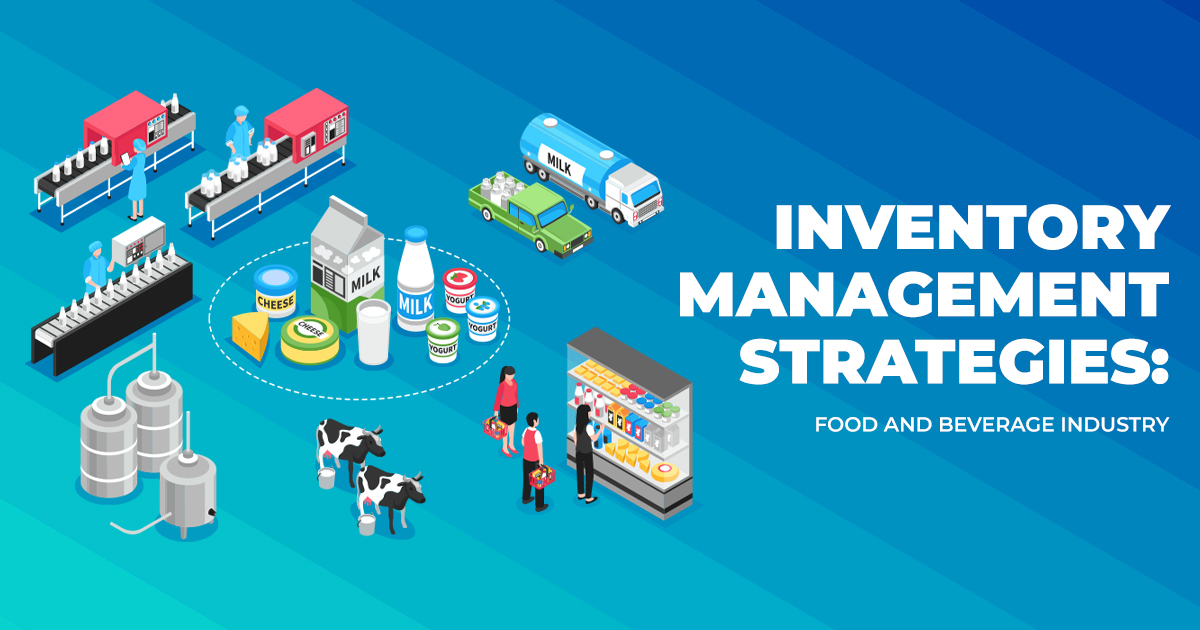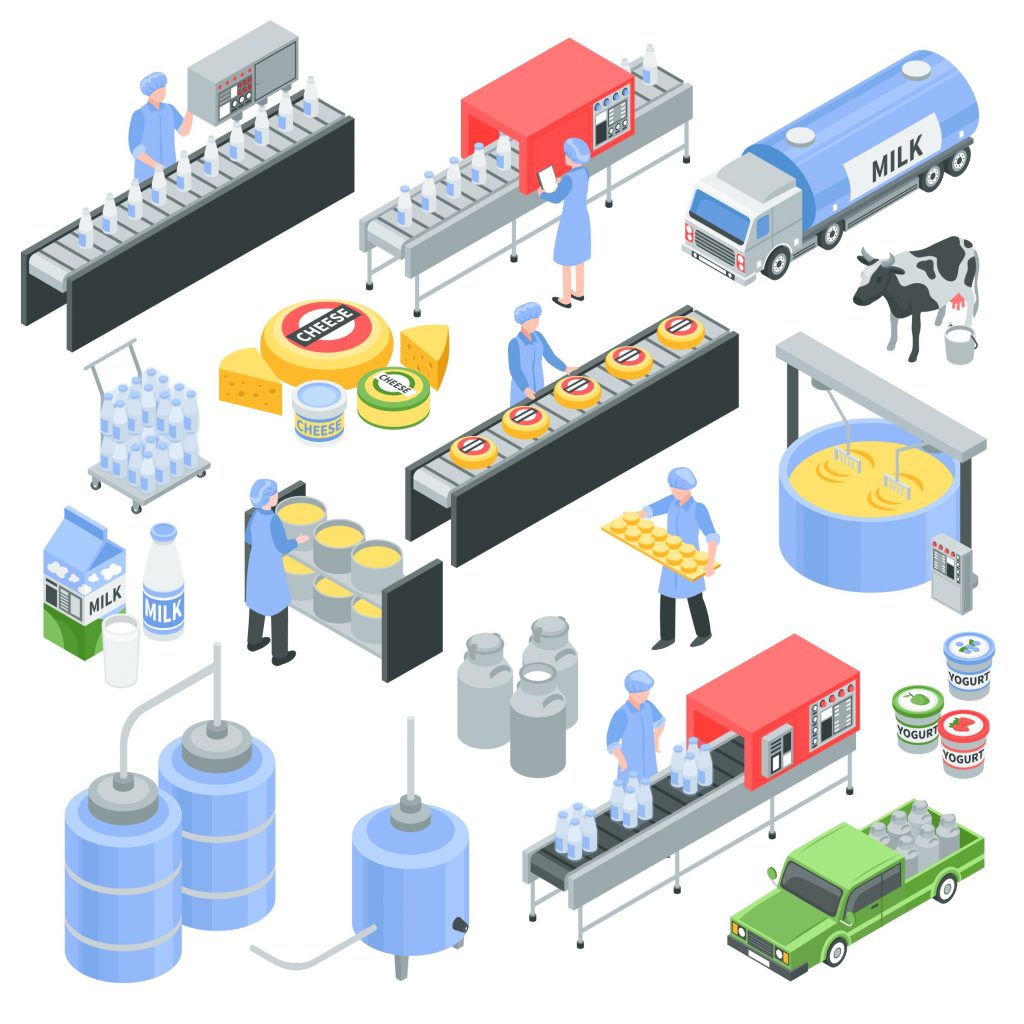
Inventory management requires businesses to consider various factors. The food and beverage industry, for instance, should factor in spoilage, seasonality, and dynamic consumer demands in the management of their stocks and resources. Here are some inventory management strategies for the food and beverage industry.

Inventory Management Strategies: Food and Beverage Industry
The food and beverage industry is highly regulated because it deals with perishable goods. Food, for example, should comply with particular health standards. Businesses should also have them removed from storage if they are getting old or damaged. Otherwise, they could cause harm to their customers or clients.
In connection, the food and beverage industry should keep their inventory holding costs low. More importantly, they should do this while ensuring that they have enough stock available to address customer demands. Below are some of the most popular inventory management tips that they can use.
ONE: Batch and Expiry Tracking through FIFO
One of the essential inventory management strategies that businesses in the food and beverage industry should integrate with their operations is batch and expiry tracking. In particular, perishable products, such as fresh produce, require special attention because they are easily susceptible to spoilage. Thus, they need proper storage conditions.
With batch and expiry tracking, you can monitor the incoming and outgoing of your stocks according to their batches. Thus, you can see your stock move from the start until the end of its journey across your inventory system. Through this inventory management strategy, you can use or sell the older stock first. Because of this, you can avoid spoilage. However, should spoilage occur, it would be easy to recall the damaged products. This method follows the First-In-First-Out logic or also known as FIFO.
TWO: Just in Time (JIT) Inventory Management
The Just in Time (JIT) inventory management strategy is a lean methodology. It helps increase efficiency while cutting costs and reducing waste by only receiving stocks when needed.
This strategy works best for the food and beverage industry because they deal with finished products with shorter lifespans. Because of this, the method also helps reduce wastage. Moreover, with reduced wastage, businesses in the food and beverages industry can also decrease holding costs and losses. Companies use online inventory management systems such as FIFO to integrate the JIT inventory management strategy.
THREE: Stock Replenishment
Businesses in the food and beverage industry also need a restocking system to guarantee that they will not run out of stock. As such, you need to analyze your inventory activities, particularly your sales and forecast demand. Then, design a management strategy that will allow you to replenish your stocks for a smooth flow of inventory activity.
For this, you can identify inventory levels, such as a re-reordering level. When a particular stock or item falls below its set level, it means that you have to place an order to replenish said inventory. Therefore, you must systemize your replenishment process. In doing so, you can guarantee that you have products available in storage, especially between the time you place an order and receive it.
FOUR: ABC Analysis
Aside from the First-In-First-Out (FIFO) and Just in Time (JIT) inventory management strategies, businesses in the food and beverage can also apply ABC Analysis in managing inventory. ABC Analysis requires you to categorize your stocks according to their order of importance. It is derived from the Pareto Principle or the 80-20 rule.
Group A will contain the most valuable stocks, while Group C will have the least valuable ones. This particular inventory management strategy stresses that businesses should pay more attention to their more valuable products. Below, you can find how you can categorize your stocks according to the ABC analysis:
- Group A – 20% of products; accounts for 70-80 percent of consumption value
- Group B – 30% of products; accounts for 10-20 percent of consumption value
- Group C – 50% of products; accounts for up to 10 percent of consumption value
FIVE: Optimize with Technology
It would be best to optimize your inventory management activities with an online inventory management system. An inventory management system will enhance your business operations further. With a cloud-based inventory management system, you can manage your stocks and materials anytime, anywhere, as long as you have an internet connection. With this inventory management strategy, you can streamline your operations and improve staff productivity.
Aside from that, you can also employ particular storage technologies and sterilization processors to extend the shelf life of your products and resources. It is vital to ensure that your warehouse or storage location is equipped with the necessary tools and equipment to avoid spoilage or wastage.

Employ These Inventory Management Strategies Today!
Do you need an online inventory management system to help you manage the inventory for your food and beverage business? Check out how the FIFO online inventory management system works here. You will be amazed at how it can streamline and enhance your inventory management processes!
Have we missed any other inventory management strategies? Please share them with us in the comments section below!
